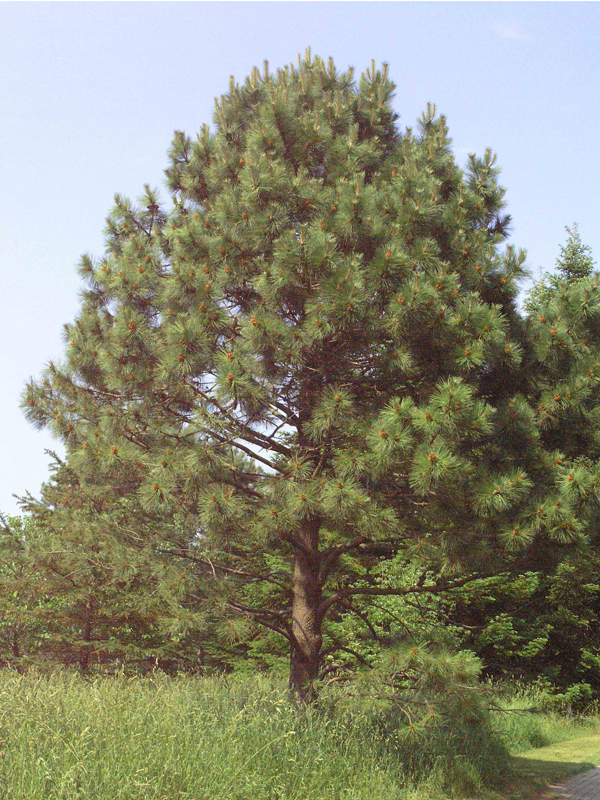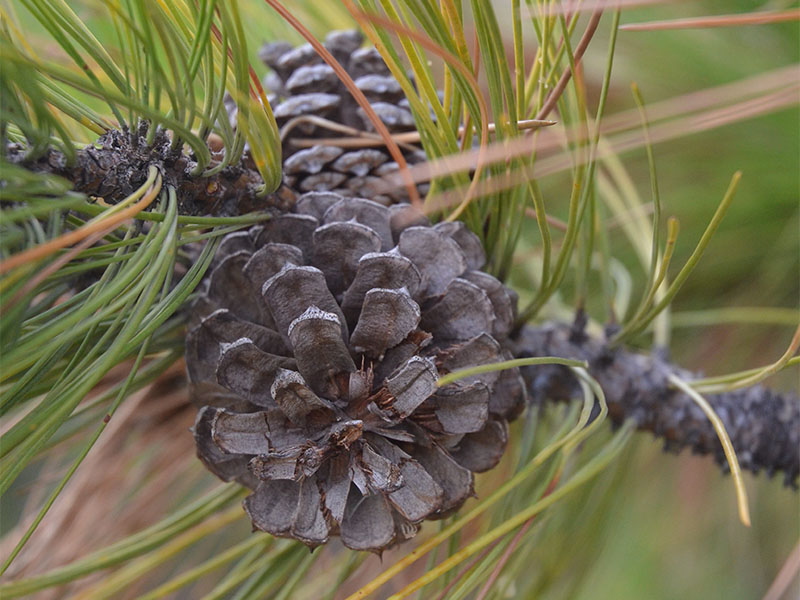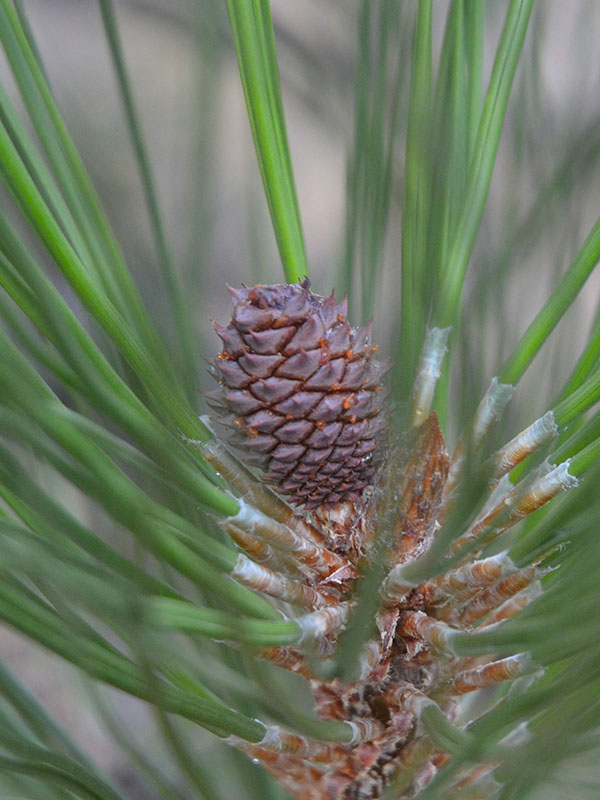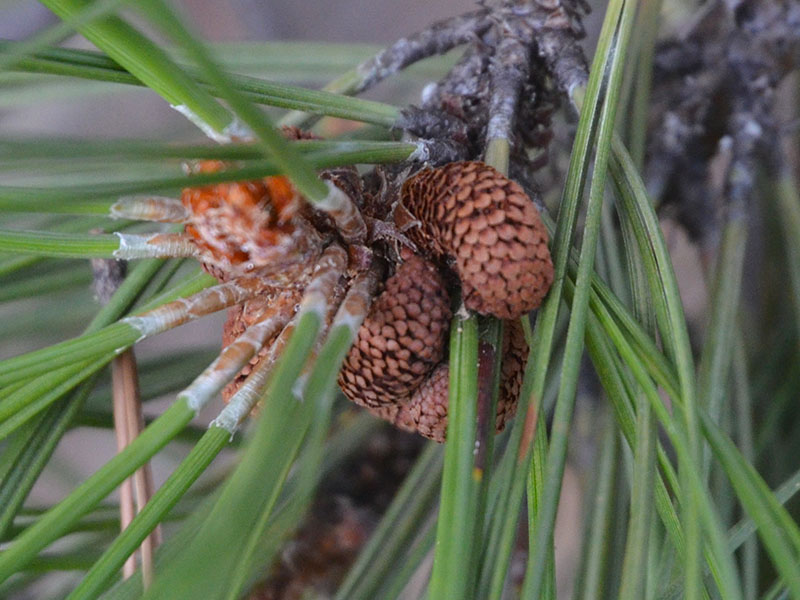
Woody > Pinus > Pinus ponderosa > Pinus ponderosa
Pinus ponderosa
Ponderosa Pine
Origin: Western North America, British Columbia to Mexico; introduced in 1827.
Mike's
Opinion


"
A good native North American tree, not suited for small landscapes, excellent for large spaces and erosion control, and is a valuable forest tree, this tree is preferred over Pinus nigra because it has softer needles and overall form.
Michael Pascoe, NDP., ODH., CLT., MSc. (Plant Conservation)
"
| Family |
| Pinaceae |
| Genus |
| Pinus |
| Species |
| ponderosa |
| Category |
| Woody |
| Type |
| Tree (evergreen) |
| Pronunciation |
| USDA Hardiness Zone |
| 3 - 7 |
| Canadian Hardiness Zone |
| 1a - 6b |
| RHS Hardiness Zone |
| H7 |
| Temperature (°C) |
| -34 - (-9) |
| Temperature (°F) |
| -30 - 5 |
| Height |
| 20 - 40 m |
| Spread |
| 5 - 9 m |
Photographs
Description and Growing Information
Flowering Period
| General Description |
| Irregular flat top mature tree; with long dark or yellow-green needles, with 2 needles per fascicle; yellow-brown to cinnamon red flat flakes on mature bark. |
| Landscape |
| Valuable forest tree because it is native, suited to mass-planting, erosion control, or shelter belts. |
| Cultivation |
| Young plants are intolerant of shade and excessive moisture; thrives in light well-drained sandy or gravelly loamy soil; can be grown as a field crop, or container grown. |
| Shape |
| Pyramidal when young; as it gets older an irregular flat top or short conical crown develops. |
| Growth |
| Medium |
| ID Characteristic |
| Cones have sharp points when squeezed in hand; long dark or yellowish green needles; has yellowish brown to cinnamon red flat flakes on mature bark. |
| Pests |
| Ponderosa pine budworm; tip blight; dieback; needle blight; cankers; stem blister rust; late damping-off and root rot. |
| Habitat |
| Prefers mountain terrain, in mixed coniferous forests; grows in high and low elevations. |
| Bark/Stem Description |
| Brown-black, rough and scaly on young trees; yellow-brown to cinnamon red; very thick and deeply grooved into flat, flakes of bark in mature trees. |
| Flower/Leaf Bud Description |
| Red-brown; oblong; resinous scales closely appressed, 2 cm long. |
| Leaf Description |
| Dark or yellowish green; 2 needles per fascicle; 13 - 28 cm in length; slender, with sharp points and toothed edges. |
| Flower Description |
| Monoecious; male flowers yellow-red and cluster at the end of branch; female flowers are red and at the branch tips; 1 cm long. |
| Fruit Description |
| Cone; light red-brown; scales thicker towards the tip with a rigid prickle on the end; 10 - 15 cm in length. |
| Colour Description |
| Dark or yellow-green needles with no autumn colour; reddish brown cones; male flowers yellow red, female flowers red. Young bark brown-black, mature bark has yellow-brown to cinnamon red flat flakes; red-brown buds. |
| Texture Description |
| Coarse needles; rugged bark; an unusual overall textured tree. |
| Notable Specimens |
| The Gardens of Fanshawe College, London, Ontario, Canada. The A. M. Cuddy Gardens, Strathroy, Ontario, Canada. British Columbia, Canada. |
| Propagation |
| Seeds have no dormancy and germinate immediately; has a short stratification of 6 weeks at 4° C that improves the germination of stored seeds. A greater survival rate occurs if seeds are planted into individual pots rather than in a field. |




